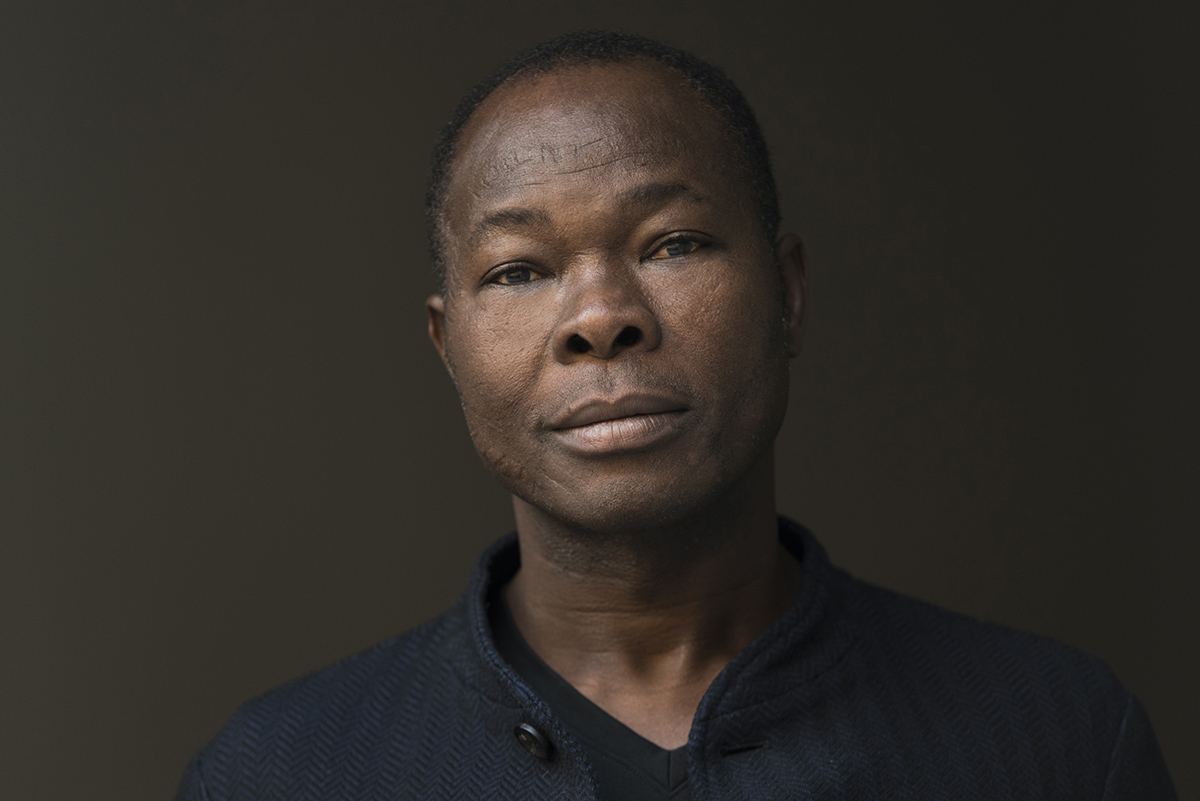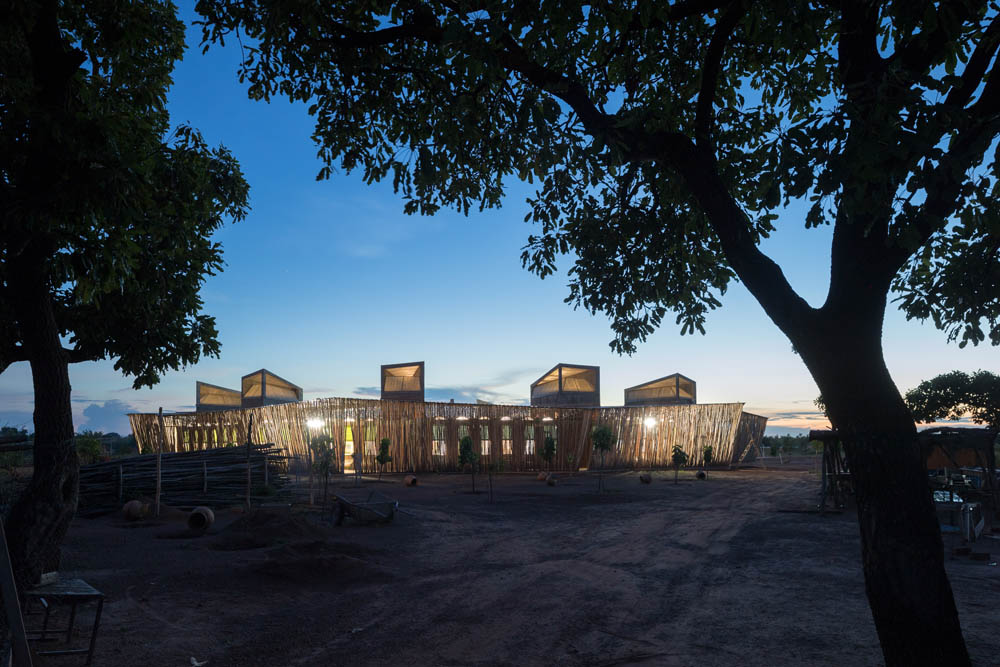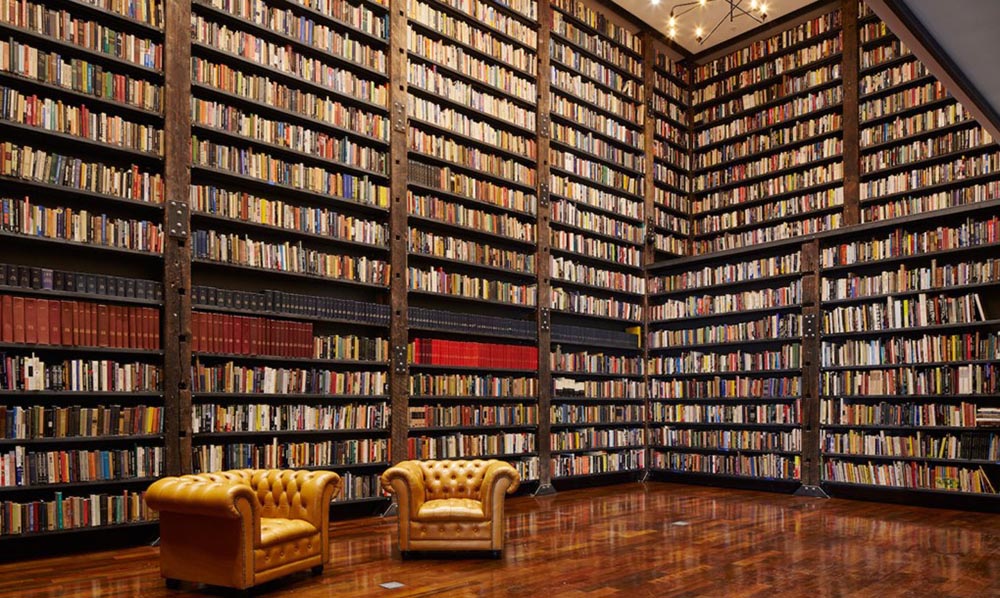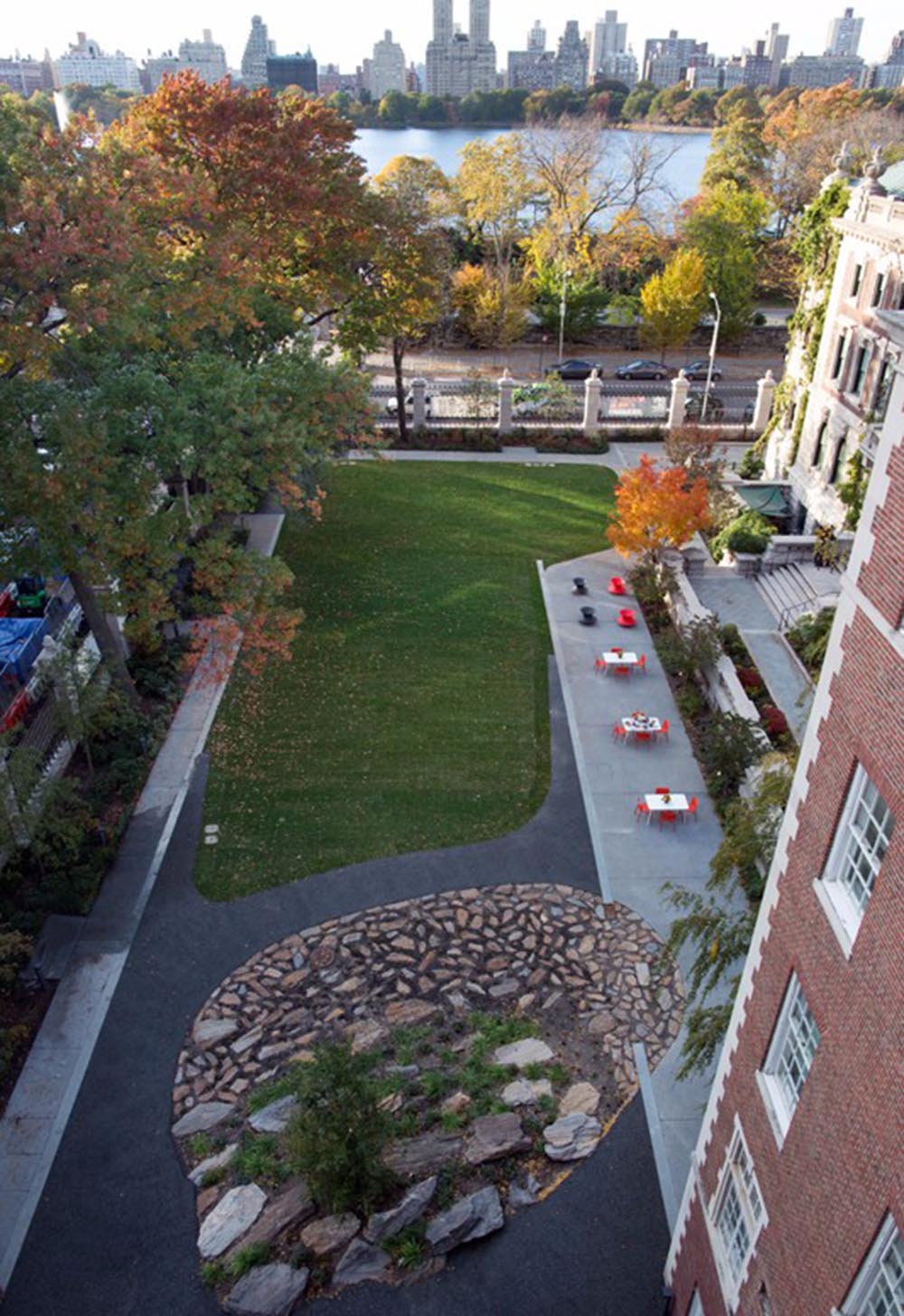Submitted by WA Contents
Francis Kéré wins Arnold W. Brunner Memorial Prize by The American Academy of Arts and Letters
Burkina Faso Architecture News - Apr 03, 2017 - 11:41 12596 views

Socially-minded Burkinese architect Diébédo Francis Kéré, founder of Kéré Architecture, has been awarded with the Arnold W. Brunner Memorial Prize given by the American Academy of Arts and Letters, has been praised for ''making a significant contribution to architecture as an art.'' Francis Kéré was commissioned to design the Serpentine Pavilion 2017, announced this February.
The American Academy of Arts and Letters has announced the recipients of its 2017 architecture awards-founded in 1898 as an honor society of the country’s leading architects, artists, composers, and writers- The Arnold W. Brunner Memorial Prize is a part of the Academy’s annual architecture awards program, which inaugurated in 1955 and awarded many leading architects within the scope of its mission.
This year, the American Academy of Arts and Letters selected the winners from a group of 27 individuals and practices nominated by the members of the Academy.
The jury composed of Elizabeth Diller (chairman), Henry N. Cobb, Peter Eisenman, Kenneth Frampton, Hugh Hardy, Steven Holl, Thom Mayne, James Polshek, Robert A. M. Stern, Billie Tsien, and Tod Williams.
Alongside Francis Kéré's accolade, the international jury awarded acclaimed architecture critic Paul Goldberger, American social practice installation artist Theaster Gates, Landscape architect and founder of Hood Design Studio Walter Hood and American architect, designer and educator based in Chicago John Ronan with Arts and Letters Award in Architecture Award.

The Lycée Schorge Secondary School in Burkina Faso. Image © Iwan Baan
Diébédo Francis Kéré-Arnold W. Brunner Memorial Prize
The award gives $20,000 to an architect of any nationality who has made a significant contribution to architecture as an art.
Diébédo Francis Kéré ''is an alchemist,'' said Billie Tsien, ''working with local materials and technology— mud and hand labor — he has designed buildings of meaning and beauty.'' In projects across the world, local environmental and economic context informs his work in scale, material, and construction, developing what Tsien calls ''an elegant and resourceful language of building.''
With funds raised by his own Kéré Foundation during studies at Berlin’s Technische Universität, he completed his acclaimed Gando Primary School (2001) and subsequent extension (2008) in Burkina Faso. He founded Kéré Architecture in 2005, and has brought his compelling designs to multiple continents as its principal. Notable works include the National Park of Mali (2010); Léo Surgical Clinic (2014); and Schorge Secondary School (2016). His Opera Village in Laongo, Burkina Faso, is ongoing, and he is currently planning the Burkina Faso National Assembly in Ouagadougou. In June of this year, Kéré’s Serpentine Pavilion will open in Kensington Gardens, London.

Stony Island Arts Bank, Rebuild Foundation. Image © Tom Harris
Theaster Gates-Arts and Letters Award in Architecture
The award gives $10,000 to an American who explores ideas in architecture through any medium of expression.
Theaster Gates transforms the urban landscape in the service of art, creating platforms for enrichment and expression in forgotten spaces. As founder of the Rebuild Foundation, director of Arts and Public Life at the University of Chicago, and installation artist, his projects reclaim physical and intangible culture from neglect and ruin, preserving black history and shaping black futures.
The Rebuild Foundation’s Stony Island Arts Bank (2015) houses their archive, galleries, and community spaces in a formerly derelict building, creating an intersection for neighborhood heritage, arts, and scholarship. Other notable projects include Archive House (2009), Listening House (2009), and Black Cinema House (2014), all in Chicago.

Building Art: The Life and Work of Frank Gehry, Deckle Edge, 2015
Paul Goldberger-Arts and Letters Award in Architecture
The award gives $10,000 to an American who explores ideas in architecture through any medium of expression.
Author, critic, and lecturer Paul Goldberger’s ''broad influence stems from his capacity to engage the reader in a mutual appreciation of architecture,'' said Kenneth Frampton. Currently the Joseph Urban Chair in Design and Architecture at The New School in New York City, he taught previously at the Yale School of Architecture and the Graduate School of Journalism at the University of California, Berkeley.
Through his books and as architecture critic for the New York Times, the New Yorker, and Vanity Fair, Goldberger has earned a ''reputation as the doyen of American architectural critics,'' Frampton said, “making the topic readily accessible to the society at large.” Notable books include Building Art, (2015); Why Architecture Matters (2009); Building Up and Tearing Down: Reflections on the Age of Architecture (2009); and UP FROM ZERO: Politics, Architecture, and the Rebuilding of New York (2004).

Cooper Hewitt Garden, courtesy of Hood Design Studio
Walter Hood- Arts and Letters Award in Architecture
The award gives $10,000 to an American architect whose work is characterized by a strong personal direction.
Walter Hood is ''dissolving the boundaries between landscape architecture, urban design, and public art,'' said Henry N. Cobb. Founder of Hood Design Studio in Oakland, California, his work embraces and beautifies urban spaces, both large (Greenprint project, Pittsburgh, 2009-present) and small (Splash Pad Park, Oakland, 2003).
Hood’s ''remarkably diverse and deeply evocative body of work,'' Cobb said, ''has touched the minds and hearts of communities across the United States.'' Notable projects include the Arthur Ross Terrace at the Cooper Hewitt Museum, New York (2016); the Broad Museum Plaza, Los Angeles (2015); and the Bayview Opera House, San Francisco (2016). In April of this year, his Witness Walls project will open in Nashville; the International African American Museum in Charleston will open in 2019.

Poetry Foundation, courtesy of John Ronan Architects
John Ronan-Arts and Letters Award in Architecture
The award gives $10,000 to an American architect whose work is characterized by a strong personal direction.
''With elegance and rigor, John Ronan continues Chicago’s history of serious architecture of national and international significance,'' said Tod Williams. With a focus on space and materiality, his designs are unfolding experiences that invite and reward curiosity. ''The Poetry Foundation (2011) is his most eloquent and transcendent completed work,'' says Williams, and ''current projects show bold and innovative thinking at a variety of scales.'' These include the Gary Comer Youth Center; Gary Comer College Prep; 151 North Franklin Office Tower; and IIT Innovation Center, all expected to be completed in Chicago in 2018.
The awards will be presented in New York City in May at the Academy’s annual Ceremonial. Work by the winners will be featured in the Exhibition of Works by Newly Elected Members and Recipients of Honors and Awards, on view in the Academy’s galleries on Audubon Terrace.
Last year, Phyllis Lambert, the Honorary Member of World Architecture Community, named as the winner of the Arnold W. Brunner Memorial Prize by the American Academy of Arts and Letters.
Top image: Francis Kéré. Image © Erik Jan Ouwerkerk